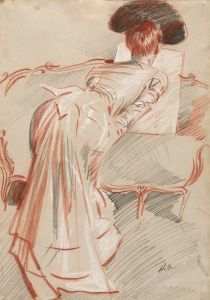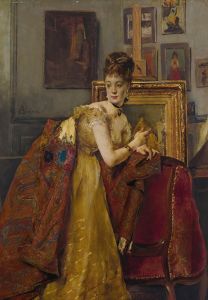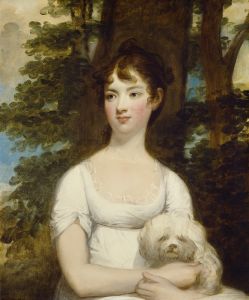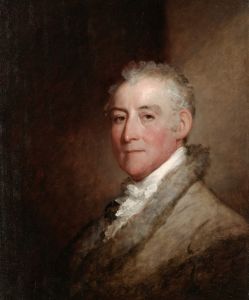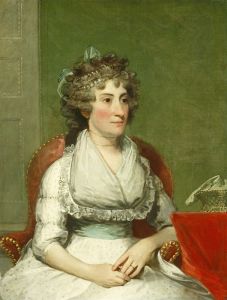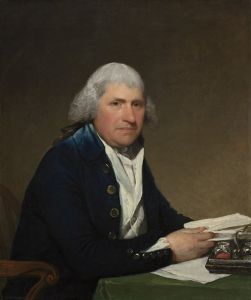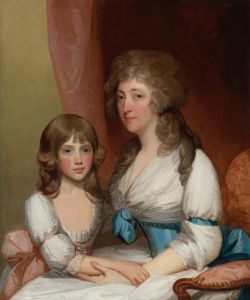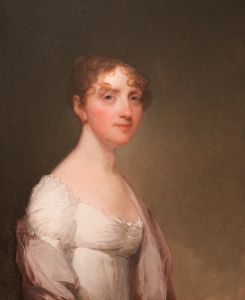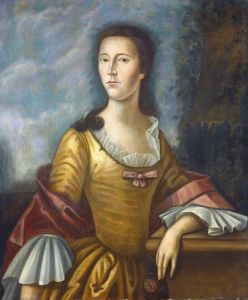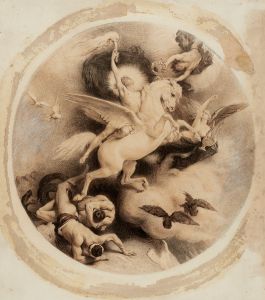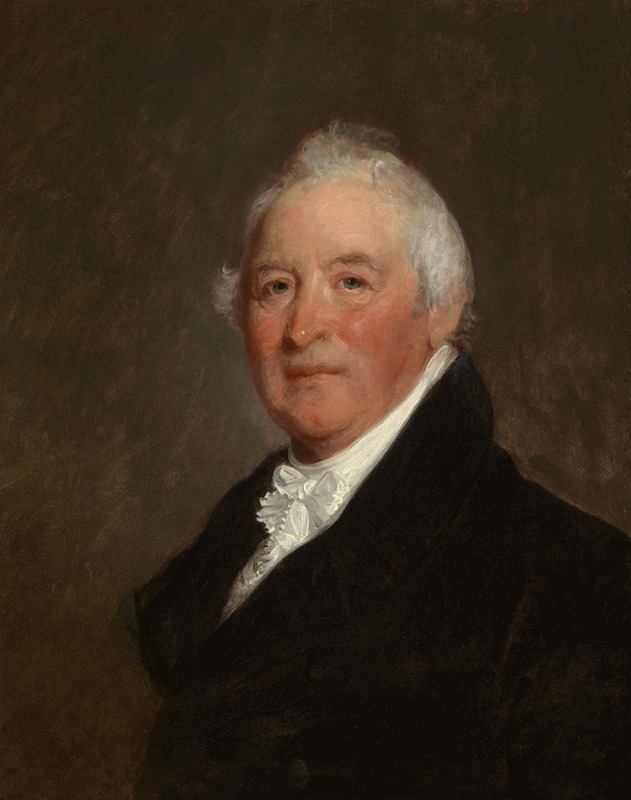
William Hull
A hand-painted replica of Gilbert Stuart’s masterpiece William Hull, meticulously crafted by professional artists to capture the true essence of the original. Each piece is created with museum-quality canvas and rare mineral pigments, carefully painted by experienced artists with delicate brushstrokes and rich, layered colors to perfectly recreate the texture of the original artwork. Unlike machine-printed reproductions, this hand-painted version brings the painting to life, infused with the artist’s emotions and skill in every stroke. Whether for personal collection or home decoration, it instantly elevates the artistic atmosphere of any space.
Gilbert Stuart, one of the most renowned American portraitists of the late 18th and early 19th centuries, painted a portrait of William Hull, an American military officer and politician. Stuart is best known for his portraits of prominent figures, including the first six Presidents of the United States. His work is characterized by its vivid realism and the ability to capture the personality and status of his subjects.
William Hull was born on June 24, 1753, in Derby, Connecticut. He graduated from Yale College in 1772 and went on to study law. However, his career took a different path when he joined the Continental Army during the American Revolutionary War. Hull served with distinction, participating in several key battles and rising to the rank of lieutenant colonel. After the war, he settled in Massachusetts, where he pursued a career in law and politics.
Hull's political career included serving as a member of the Massachusetts state legislature and as a judge. In 1805, President Thomas Jefferson appointed him as the Governor of the Michigan Territory, a position he held until 1812. His tenure as governor was marked by efforts to improve infrastructure and relations with Native American tribes.
However, Hull's military career took a controversial turn during the War of 1812. As a brigadier general, he was tasked with defending the Michigan Territory against British forces. In August 1812, Hull surrendered Fort Detroit to the British without a fight, a decision that was widely criticized and led to his court-martial. He was convicted of cowardice and neglect of duty, though President James Madison remitted the execution of his sentence.
The portrait of William Hull by Gilbert Stuart likely captures Hull during a period of his life before the controversies of the War of 1812. Stuart's portraits are known for their ability to convey the dignity and character of the sitter, often focusing on the face and upper body, with a neutral background that emphasizes the subject. The use of light and shadow in Stuart's work adds depth and realism, bringing the subject to life.
Stuart's portraits were highly sought after by the elite of American society, and his ability to capture the essence of his subjects made him one of the most successful portraitists of his time. The portrait of William Hull would have been no exception, reflecting both the status and the personal attributes of Hull as perceived during his lifetime.
While specific details about the portrait of William Hull by Gilbert Stuart, such as its current location or provenance, are not widely documented, it remains a testament to Stuart's skill and the historical significance of his subjects. The painting is part of the broader legacy of Gilbert Stuart's work, which continues to be celebrated for its contribution to American art and history.






